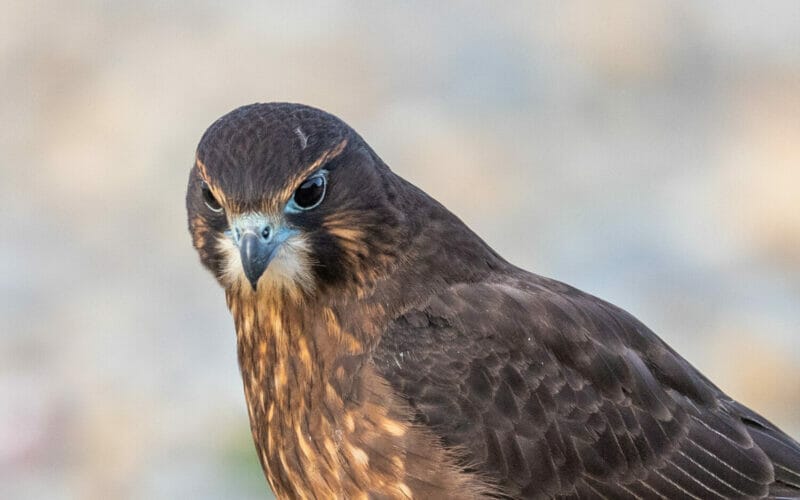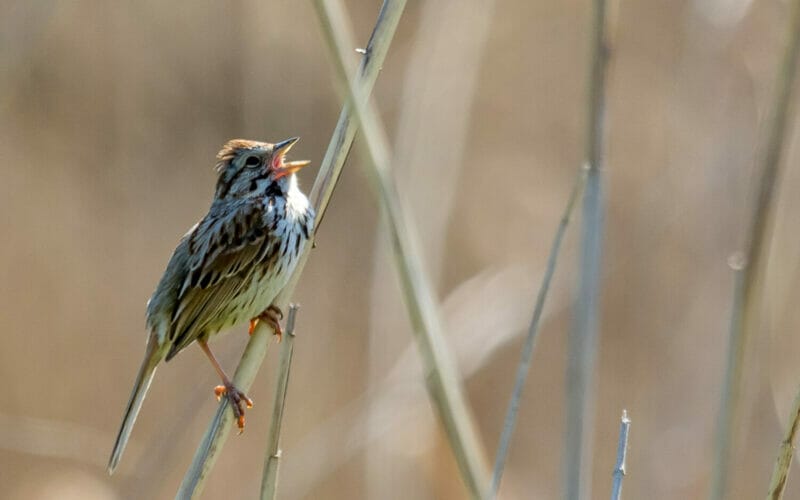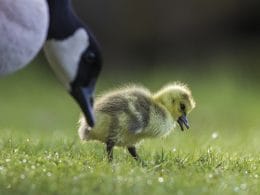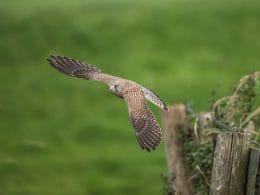Hummingbirds are some of the most beautiful birds in the world. Their striking plumage and long, slender beak also makes them successful hunters. While many believe that hummingbirds only live from the nectar of flowers, they also eat insects, flies, aphids, spiders and many other small bugs.
In this article, I explore what hummingbirds eat and how much they need to feed.
Do hummingbirds eat bugs?
Yes, hummingbirds feed on a great variety of insects, including bugs, wasps, aphids, flies and beetles. These small bugs and insects provide an essential source of fibers, minerals, vitamins and fats for the hummingbird.
Are hummingbirds omnivores?
Hummingbirds don’t just feed on nectar and plant material but they also eat bugs and insects. This makes hummingbirds omnivores.

How much does a hummingbird eat?
A hummingbird can consume twice its body weight in nectar, bugs, insects, fruit and other feed every day. When they are preparing for migration, they will eat up to 3 times their own body weight.
Bugs that a hummingbird feeds on
Bugs are an important part of a hummingbird diet. Here are all the different types of bugs that a hummingbird eats regularly.
Leafhoppers
Leafhoppers are small insects that stick to shrubs, grass and trees. They are full up proteins that hummingbirds need for a healthy diet.
Hummingbirds particularly like a variety of different leafhopper species, including beet leafhopper, rice green leafhopper, two-spotted leafhopper, potato leafhopper and maize leafhoffer.
Beetles
There are over 400,000 species of beetles in the world but hummingbirds don’t like all of them. Plus, hummingbirds only live in tropical areas where not all beetles species make their home.
Hummingbirds typically feed on tiger beetles, ground beetles, grapevine beetles, carpet beetles, Japanese beetles and striped cucumber beetles.
Wasps
Despite their potential to sting, wasps are another delicacies that hummingbirds enjoy feeding on.
There are a large range of wasps that are part of the hummingbird diet, such as paper wasp, sand wasp, mason wasp, spider wasp and yellowjacket.

Spiders
Although hummingbirds are just small birds, they are able to dodge the fangs of spiders. There are over 45,000 recognized spiders species worldwide.
The most common spider species across the US are also the ones that hummingbirds like, such as ant spiders, grass spiders, woodlouse spiders, wolf spiders and black widow spiders.
Aphids
Aphids are one of the best-known pests across gardens worldwide. These small insects have long thin legs and a tiny body. They also come in different colors, including pink, brown, green, black and even colorless.
Hummingbirds enjoy aphids as a snack. They particularly like cotton aphids, cabbage aphids, yellow sugarcane aphids, soybean aphids and beech blight aphids.
Harvestmen
Harvestmen are commonly known as Daddy Longlegs thanks to their large, long legs. While they look a little like spiders, they don’t have venom glands.
This makes them harmless and the ideal prey for hummingbirds.
Ants
There are an incredible 22,000 species of ants across the world. This gives hummingbirds plenty of variety to choose from for a healthy diet.
Hummingbirds usually eat a range of ant species, including, rover ants, guest ants, leaf-cutter ants, army ants, cone ants and needle ants.
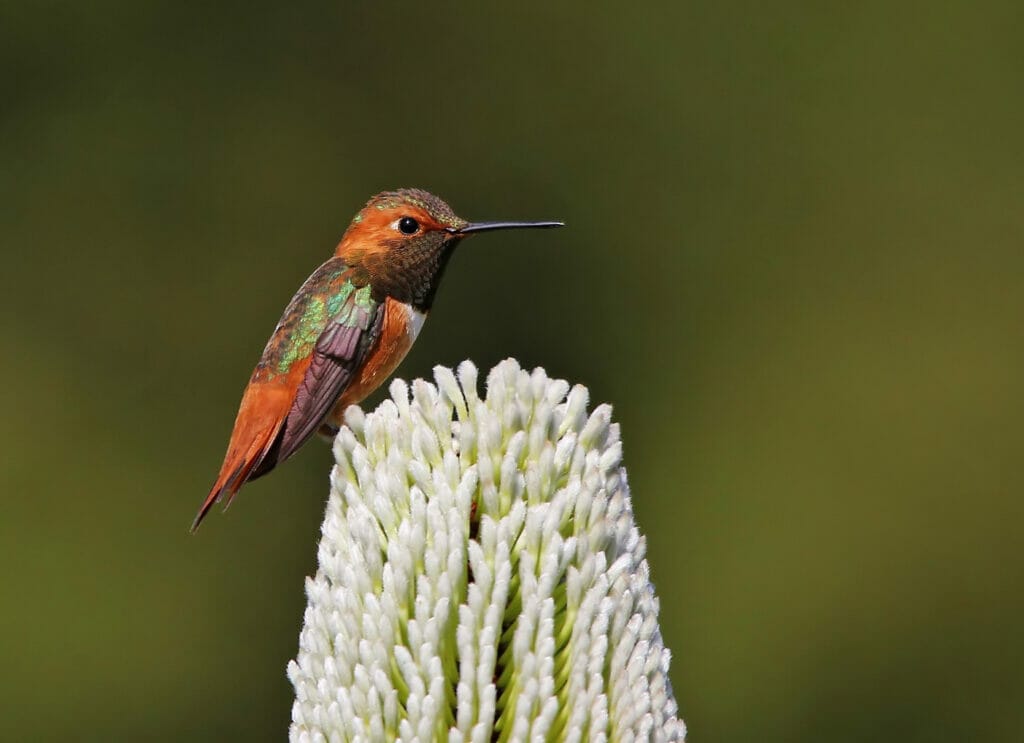
Mites
Mites are often so small that it’s impossible to see them with the human eye. They live in different habitats, including soil, compost and even in our homes.
Flies
There are thousands of different fly species across the globe but hummingbirds commonly feed on crane flies, mountain midges, humble flies, Mydas flies, window flies and snipe flies.
Mosquitoes
Mosquitoes are similar in size to flies but they are much slender and lighter. There are over 3,500 identified mosquito species worldwide.
Gnats
Gnats are small, flying insects that cannot just bite but spread diseases with their bite.
Common gnat species that hummingbirds feed on are fungus gnats, eye gnats, hessian flies, sand gnats and buffalo gnats.

How do hummingbirds hunt bugs
It’s easy to forget that these beautiful birds are also predators that hunt bugs, insects, and other living things. There are a few different techniques that hummingbirds use to catch their prey.
Hummingbirds catch bugs from leaves
One of the most common ways for birds to catch bugs is by snatching them from leaves, bark, flowers and even spider webs. Hummingbirds are known as thieves of the bird world, so they often hunt living bugs that are trapped elsewhere.
Hummingbirds catch bugs in the air
The hunting method unique with hummingbirds is that they can also catch bugs while they hover in midair. Hummingbirds can even hunt their prey when bugs are just flying nearby. This happens in a matter of milliseconds, making it invisible to the human eye.
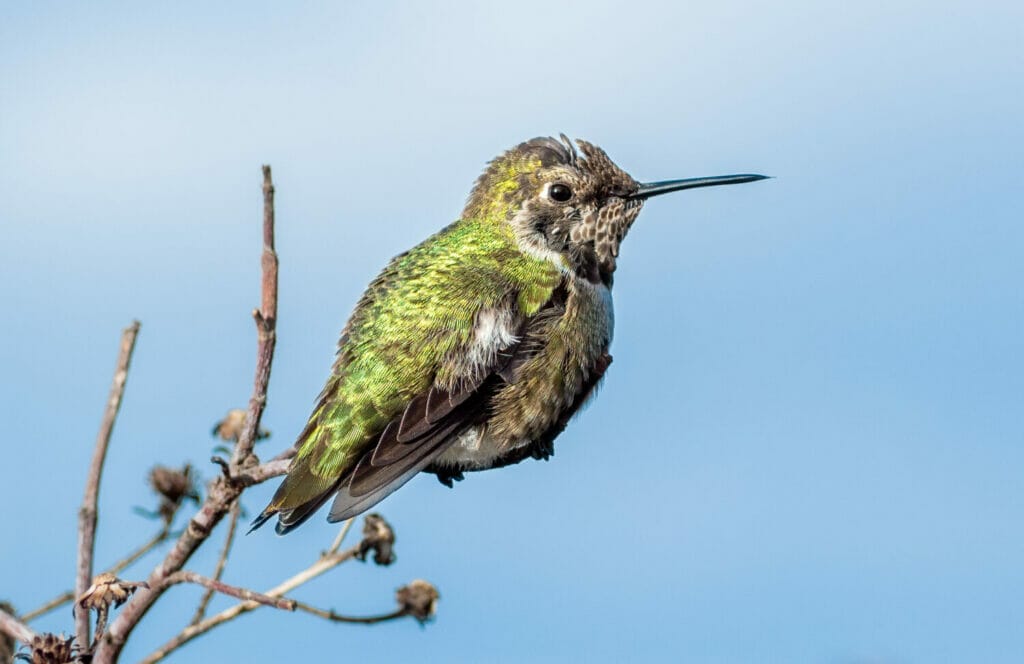
How to offer bugs to hummingbirds
Hummingbirds love nectar and they flock to nectar bird feeders in large numbers. However, nectar should not be the only food source of a hummingbird. Plus, hummingbirds prefer to feed on bugs when they are fresh and raw. This is incredibly difficult to offer to hummingbirds.
That’s why, it’s a good idea not to directly feed your hummingbird to encourage it into your backyard. Instead, you can use some indirect ways to attract bugs and other insects into your backyard.
Let the grass grow
The longer your lawn, the more you can attract a variety of insects, such as gnats and flies.
This is not just a great idea to entice hummingbirds into your backyard but it will also help other important insect species create a habitat.
Plant fruit trees
Hummingbirds love flower nectar, so it’s a good idea to grow any bush, tree and plant that produces flowers. This also creates beautiful blossoms throughout the year making your backyard look more colorful.
Leave spider webs
Spider webs may seem like a nuisance but they are very important for the small ecosystem in your backyard. Hummingbirds love stealing insects from spiders that got caught up in their web. Just make sure that you don’t keep too large spiders that could threaten your visiting hummingbirds.
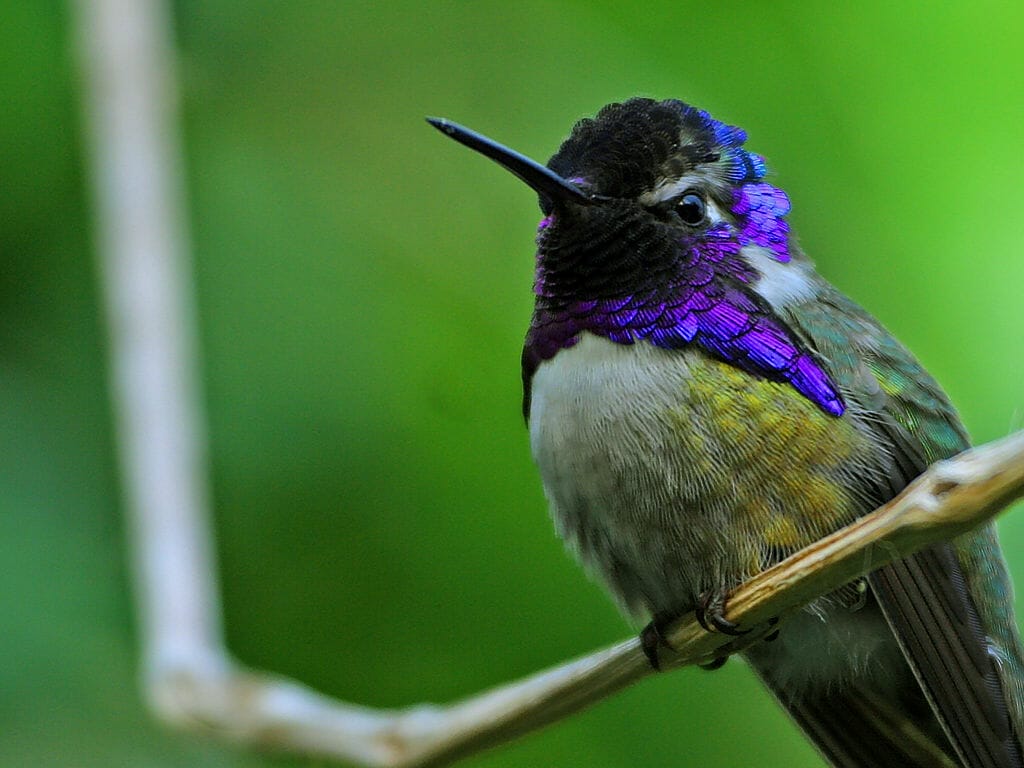
Final Thoughts
A hummingbird eats bugs and small insects because it needs the additional protein and nutrients from these small critters.
FAQ
Up to an incredible 80% of the hummingbird’s diet is made up of insects and spiders.
Hummingbirds are eating machines. They must eat very regularly, several times an hour. Without food, they are in danger in a few hours.
Unlike most other birds and omnivores, hummingbirds do not eat seed. They have no way of breaking them down.
No, you should never feed honey to hummingbirds as it cause a fungus to grow in their mouths.





